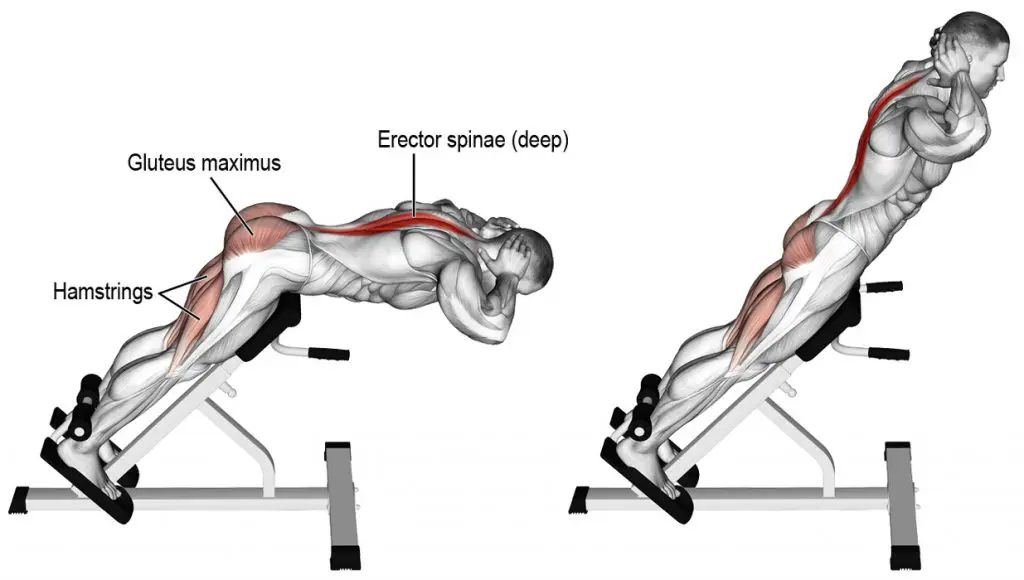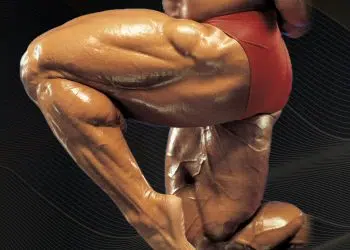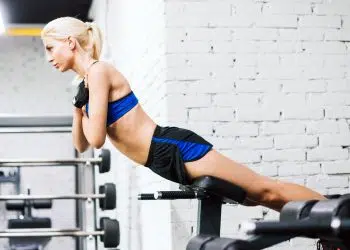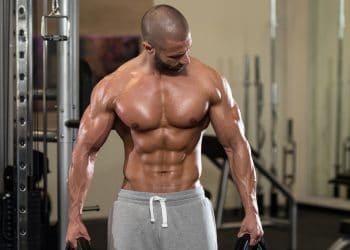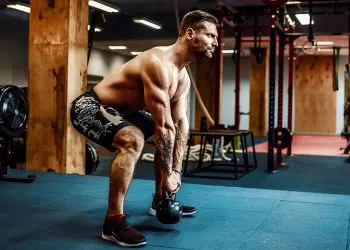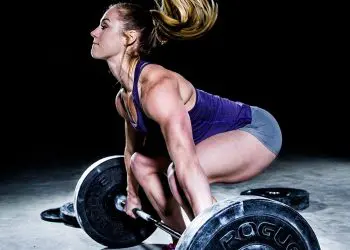Glute Ham Raise vs Back Extension
The glute-ham raise and back extension are two awesome exercises which are hugely helpful on your quest for enhanced posterior chain development. Read on to discover which one will be the most beneficial for your fitness goals!
You may have come across each of the exercises we’re going to take a look at in the following article. But, even if you haven’t, you’ll soon discover exactly how they can benefit you on your fitness journey.
The glute-ham raise, for instance, is one of the most popular posterior chain exercises when it comes to weightlifting. Performing the exercise on a regular basis will result in many benefits. This includes increased hamstring and glute hypertrophy, as well as improved muscle and joint health. In turn, this can help you to perform better in other exercises such as deadlifts and squats.
On the other hand, mastering back extensions is hugely beneficial when it comes to lifting in the gym. This is because it helps to strengthen your lower back and can be used in conjunction with crunches for increased strength and definition in your core.
To find out the difference between the glute ham raise and back extension and considerations you’ll need to make in regards to training, continue reading and we’ll cover everything that you need to know.
The Glute Ham Raise – Benefits and Muscles Worked
It is safe to say that the glute ham raise is used by many athletes looking to increase their strength, power, and overall fitness. Why? you ask. Well, because it is a great exercise for increasing muscle development in the glute and hamstring regions, that’s why! A 2014 study (1) even found that the glute ham raise is one of the most effective exercises for activating the hamstrings.
Level Up Your Fitness: Join our 💪 strong community in Fitness Volt Newsletter. Get daily inspiration, expert-backed workouts, nutrition tips, the latest in strength sports, and the support you need to reach your goals. Subscribe for free!
If you are able to master this particular move, then you can expect increased posterior chain performance over time. In turn, this means that you will be able to perform better in many other exercises. This includes the likes of squats, deadlifts, running, and jumping.
When performed correctly on a consistent basis, you can obtain great results with the glute ham raise. Although, you’ll need to ensure that you are performing the move correctly to obtain the best results. As always, ensure that you increase difficulty over time. But, do so gradually so that you can avoid injury. Remember, it’s not a race – optimal progress takes time to achieve.
There are a few different variations of this particular exercise, with each of them allowing you to place more emphasis on one muscle group as opposed to another. For example, there is the flexed-hip glute ham raise. This particular version of the move involves you flexing the hip, which means that the hamstrings are in a more effective position to be worked.
You can use a glute ham raise machine to perform the exercise. But, if you don’t have one available in your gym, you can improvise by executing the movement on the floor with a barbell.
Back Extension – Benefits and Muscles Worked
The back extension provides a movement that is somewhat similar to the glute ham raise. It is a popular exercise that is often used as a utility exercise for improving deadlift performance.
The back extension can even be used as a solid exercise for training your glutes and lower back. However, it can be said that it would need to be paired with another hamstring based exercise such as lying leg curls. This ensures that you will be able to enjoy optimum muscle building benefits in each of the aforementioned muscle groups.
But, in order to give yourself the best chance of achieving results, it is a good idea to ensure you execute the move slowly with a full range of motion. As with any other exercise in the gym, perfect form is absolutely crucial. Not only will this help you to avoid looking like a fool, it will also ensure that you will avoid injury too!
Master this particular move, and improved development of the posterior chain is exactly what you can expect. By improving your posterior chain, you will be able to enjoy increased overall strength. As well as this, you’ll feel the benefit of enhanced power and speed too!
This particular exercise can be performed using a back extension machine, otherwise known as a hyperextension machine, with the common type set at a 45-degree angle. However, you can also perform the exercise standing by using a weight plate, the cable machine, or resistance bands.
Which Exercise is Better – The Glute Ham Raise or Back Extension?
Well, that all depends on which particular muscle group you are looking to place the most focus on! For example, if you’re looking to place emphasis on the hamstrings, then each of the exercises are beneficial in their own way. But, it can be said the glute ham raise has the edge in that it places greater demands on the hamstrings as you execute the move.
However, for those who are looking to place training emphasis on the lower back, the back extension is the superior choice. This is because this particular exercise specifically works the erector spinae/spinal erectors as the knee is in a fixed position. Although, it is also possible to activate the glutes more by adjusting your position. This includes such as things as turning your feet out by 45 degrees. This tweak allows for more activation in your glutes.
Conclusion
Well, that concludes our full article on the comparison between the glute ham raise and the back extension! Depending on your particular fitness goals, either one of the moves could be beneficial for you on your quest for a better physique. Either way, you can expect serious development in the posterior chain. In turn, you can expect to increase your performance in other areas of lifting, such as with deadlifts and squats.
As we looked at in the previous section, each exercise offers muscle building benefits in their own way. The glute-ham raise, for instance, can be tweaked to focus more on the hamstrings, simply by adjusting your position on the bench. On the other hand, you can incorporate more glute activation with the back extension by adjusting the position of your feet.
The thing that matters the most is which muscle group you’re intending to focus on. Once you’ve figured out just that, it will only be a matter of time before you’ve mastered your chosen exercise out of the two we have discussed in this article. Soon enough, you’ll be well on your way to the solid back, glute, or hamstring gains. Or, if you’re lucky, perhaps all three of these muscle groups!


